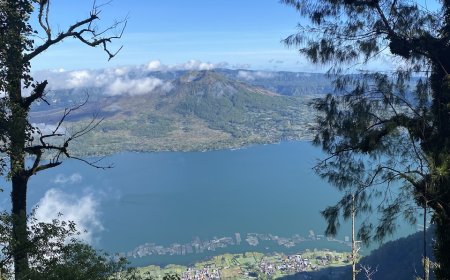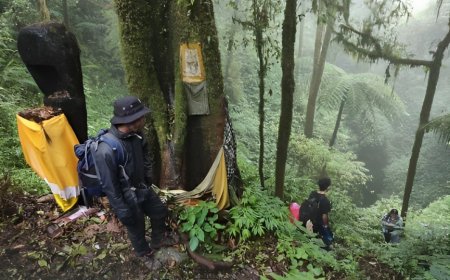Witnessing Bali's Hidden Beauty: Hiking Gunung Sanghyang
This mountain, which is located in Tabanan Regency, is a natural tourist destination that has various unique and interesting facts, with beautiful paths that enter dense forests such as tropical forests, as well as the uniqueness of pencak which has twin peaks. Apart from being a climbing destination, Mount Sanghyang also has an important role as a geographical boundary that influences the ecosystem of the island of Bali. When climbing, climbers are reminded to preserve nature and respect local beliefs to avoid undesirable things.
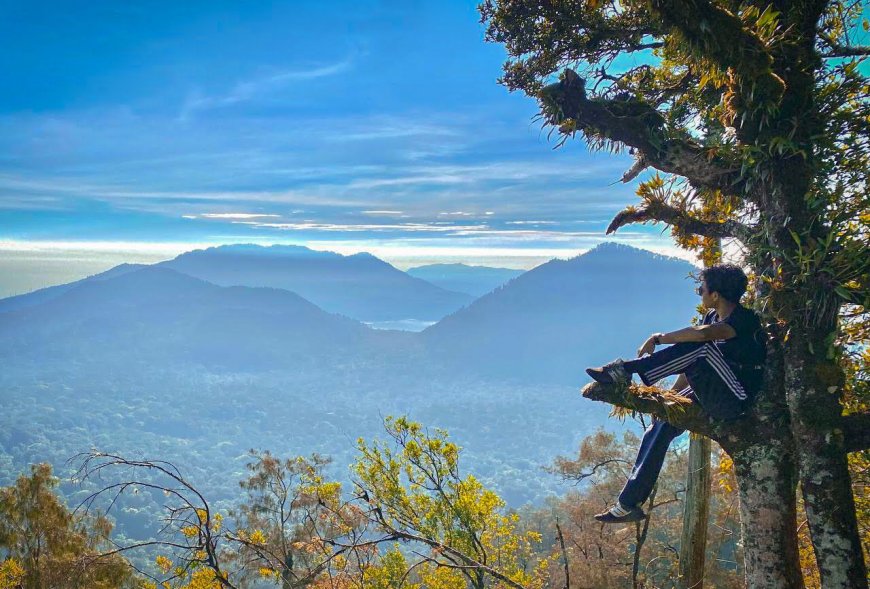
Bali, the "Island of the Gods" in Indonesia, is renowned for its beautiful beaches and rich culture. However, beneath its touristy allure, Bali offers a hidden paradise for nature enthusiasts – Gunung Sanghyang. Located in Tabanan Regency, Gunung Sanghyang is a hiking destination that may not be as famous as Mount Agung or Mount Batur, but it provides a deep connection to nature for those who venture here. In this article, we will take you on a journey into the beauty and uniqueness of Gunung Sanghyang, a worthy destination for adventure seekers and nature lovers.
Location of Gunung Sanghyang
Gunung Sanghyang, also known as Gunung Sengjang, is situated in Tabanan Regency, Bali. This volcanic mountain belongs to the category of stratovolcanoes and is characterized by its lush forests, making it a special place for nature enthusiasts and hikers. Its remote location offers visitors the opportunity to explore dense forests, small rivers, and stunning views from the mountain's peak. Its strategic location also allows hikers to enjoy the beauty of northern Bali's coastline and the surrounding islands. With its unique geography and natural beauty, Gunung Sanghyang is a perfect destination to explore Bali's untouched natural beauty.
Hiking Routes to Gunung Sanghyang
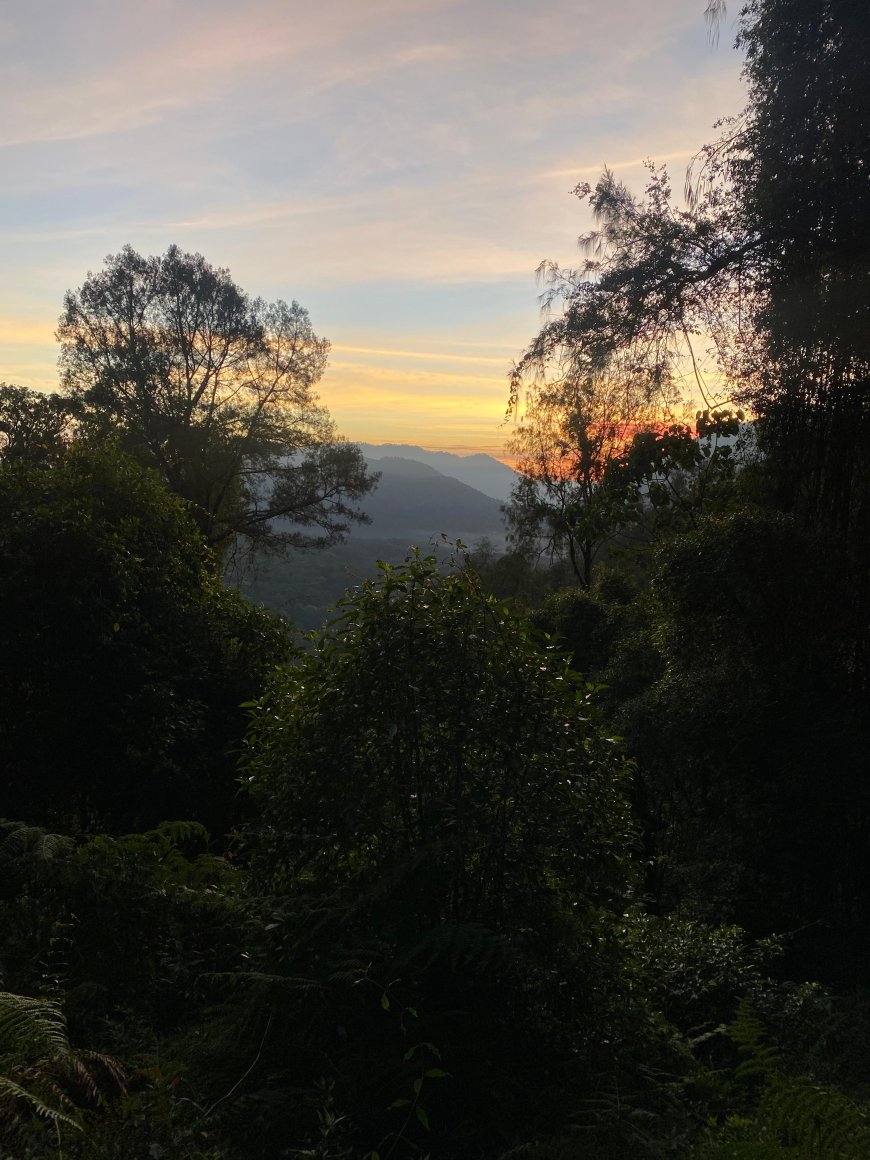
Forest Scenery (Photo Source: Author's Collection)
To reach the summit of Gunung Sanghyang, hikers can take the main route from Bedugul. They can then ascend Bukit Wanagiri and enter the village road of Tamblingan. From the southwest end of this village, hikers can start their journey to the peak of Gunung Sanghyang. During the trek, hikers will pass through dense tropical forests, navigate challenging trails, and cross small rivers that add excitement to the journey. One interesting aspect of this route is the presence of various altars or offering places used in religious ceremonies by the local community. Additionally, hikers will be treated to breathtaking natural scenery throughout the journey, with spectacular views of Bali's beaches and sea. The hiking route to Gunung Sanghyang is an unforgettable experience that combines physical challenges with spiritual depth and stunning natural beauty.
Facts About Gunung Sanghyang
The uniqueness of this mountain comes with several interesting facts that serve as stories for anyone who climbs it. These facts can be observed on site or verified through official information available in the media. Here are some facts about Gunung Sanghyang:
Twin Peaks: A unique fact that you may not know is that this mountain has twin peaks. Similar to Mount Rajabasa in Lampung, this mountain in Tabanan Regency has the same feature. Both peaks can be climbed simultaneously if you're not too tired. However, most hikers usually ascend the main peak, which stands at an elevation of around 2,087 meters above sea level.
Fifth Highest Mountain in Bali:
Geographic Boundary: Another interesting fact is that Gunung Sanghyang serves as a natural boundary between Tabanan Regency and Buleleng Regency. The mountain acts as a natural border, not only encircling the regions but also being surrounded by many other mountains. This geographical aspect adds to the allure for visitors to explore the potential tourist attractions around Gunung Sanghyang.
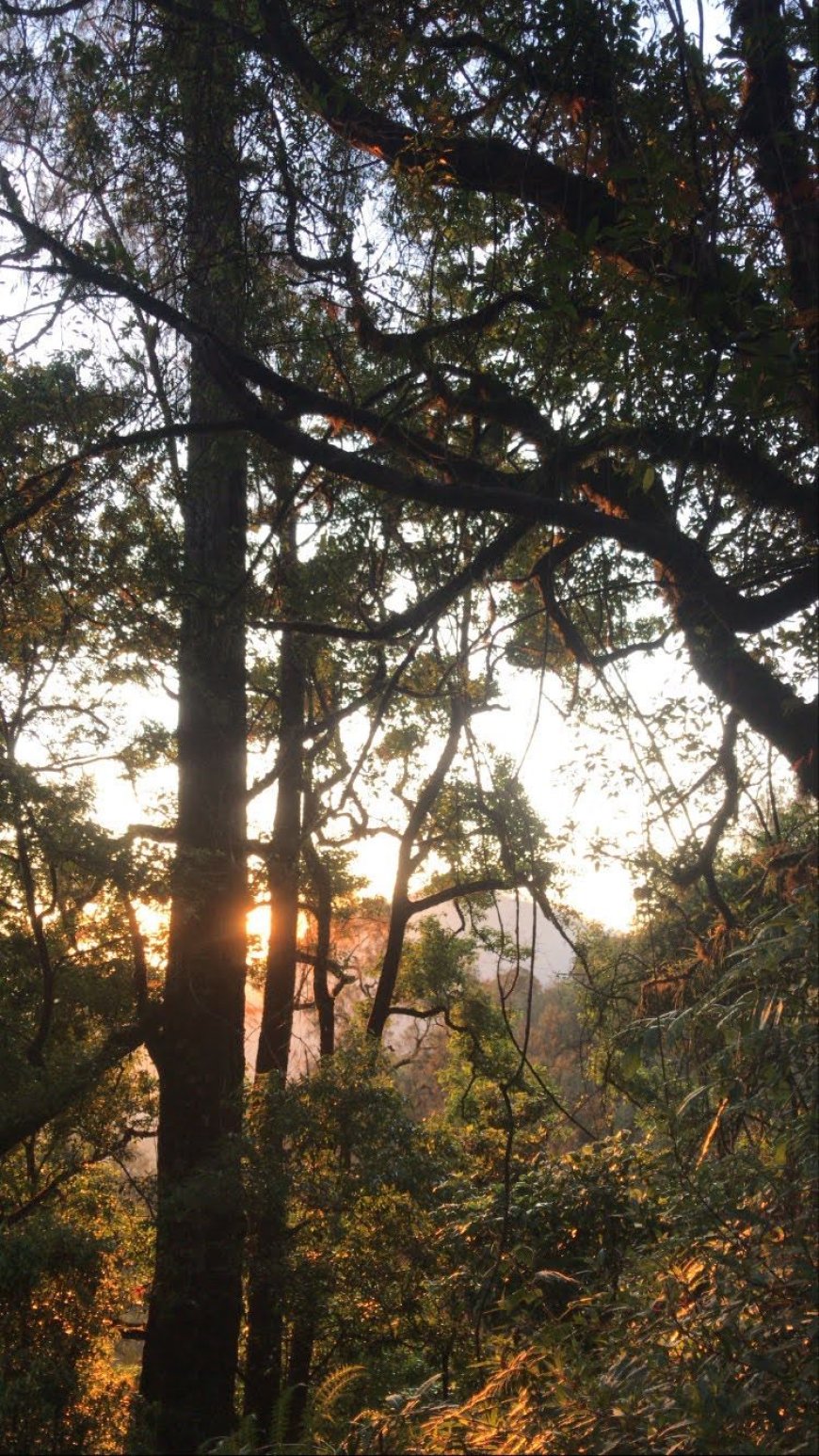
Lush Trees on Gunung Sanghyang (Photo Source: Author's Collection)
Hiking Tips for Gunung Sanghyang
To make your hike enjoyable and avoid unwanted incidents, it's recommended to follow the following tips. Various tips, from physical preparation to the essential hiking gear, can be found below:
Optimal Physical Condition: The first tip is to prepare yourself physically. Regardless of the beauty of the journey, it won't be enjoyable if you're not in good physical shape. Physical readiness should be a top priority, and if you feel unfit, avoid pushing yourself.
Bring Food and Water: Carry light, portable food and an adequate supply of water for the journey. Ensure you have enough food reserves in case the hike takes longer than expected.
Don't Carry Excessive Weight: Avoid carrying excessive weight, as it will make the journey more difficult. You're only recommended to bring food, water, and rain gear. If you plan to summit and return directly, you can reduce your load.
Use a Guide's Service: Considering the relatively high rate of getting lost, it's advisable for novice hikers to use a guide's service. Guides can assist hikers in reaching the summit and returning safely.
Monitor the Weather: Lastly, pay attention to the weather before starting your hike. Weather conditions at the base and the summit can differ. The easiest way to monitor is by observing from a distance. If the peak is clear of clouds, it's safe for the hike.

Sunrise from Gunung Sanghyang (Photo Source: Author's Collection)
Maintain Environmental Sustainnability
Preserving the environment at Gunung Sanghyang is the collective responsibility of every hiker and visitor. This mountain is an invaluable natural asset in Bali, with a unique ecosystem and rare flora and fauna. To ensure that this natural beauty is enjoyed by future generations, we must actively protect it. When exploring Gunung Sanghyang, it's crucial to carry out all trash and embrace the principle of "Leave No Trace" by not harming the surrounding environment. Avoid bringing items that can harm the ecosystem, such as single-use plastics. Furthermore, respecting the plants and wildlife on the mountain is essential. Do not disturb wildlife, and ensure that natural plant life remains intact. By doing so, we can all contribute to the preservation of this stunning environment, allowing future generations to experience its wonders.


















































